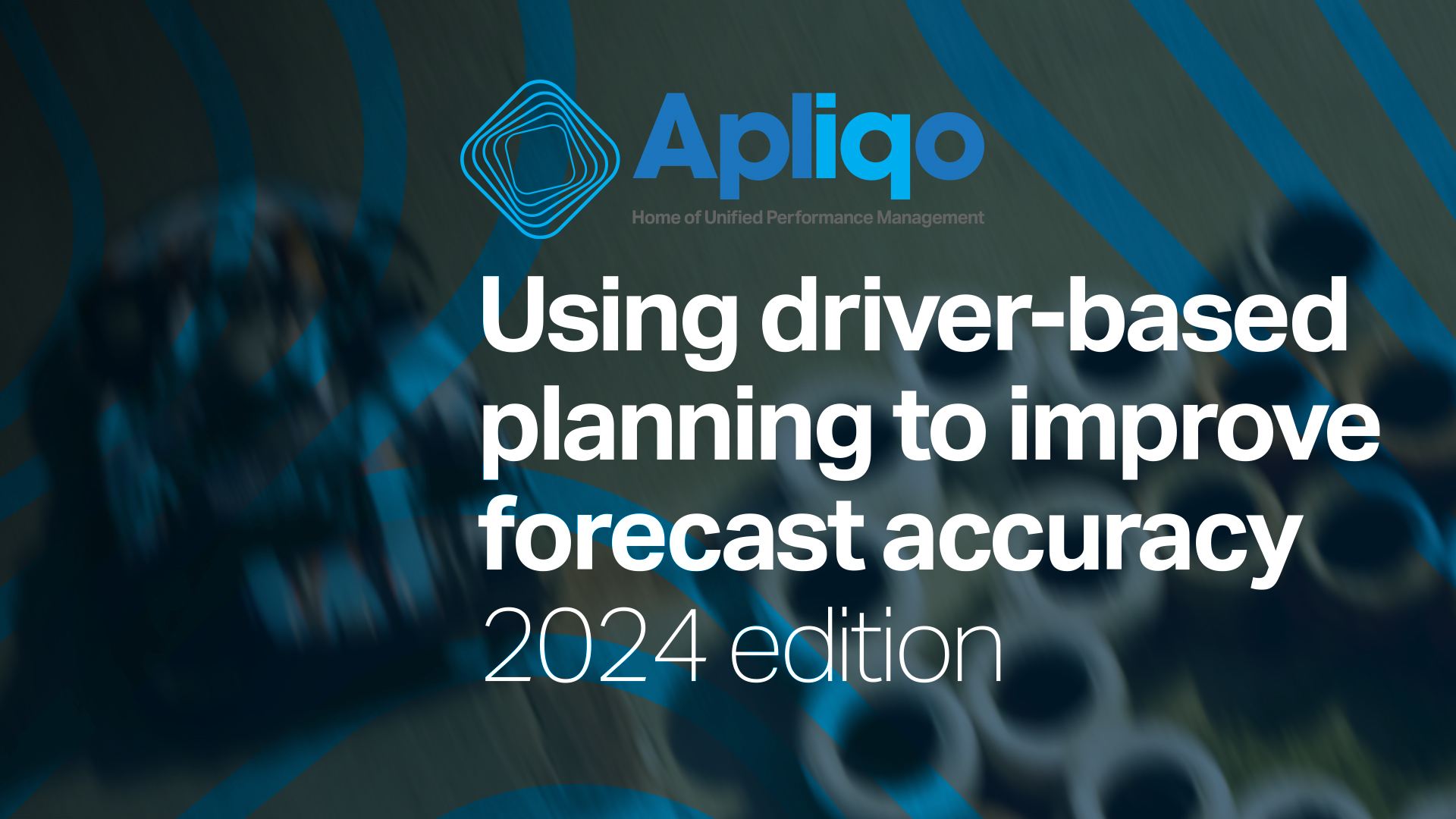FP&A has traditionally been a trunk-of-the-car operation, focused on producing numbers, analysing them, and sending out reports and analysis to key company stakeholders/decision makers.
Today, however, this old-school approach to FP&A simply won’t cut it. As companies look for ways to stand out and excel in today’s hyper-competitive business environment, FP&A has the chance to fuel growth, revenue, and better business decisions.
In this article, we’ll teach you how to take FP&A from the trunk of the company car to the passenger seat and start driving value across the entire organisation.
What Is Business Partnering?
The term business partnering first appeared in the 1997 book CFO: Architect of The Corporation’s Future. It describes a movement defined by a profound paradigm shift in the role, function, and strategic journey of FP&A.
In the book, PwC describes the vision of the finance function as one that needs to shift away from being mainly focused on transaction processing and reporting, and instead begin focusing on providing decision support to key units within the business.
FP&A is traditionally data-driven and has all the infrastructure and procedures needed to collect data and analyse it to understand the core functions of a business and its performance.
However, FP&A has also traditionally been detached from the decision-making processes that steer the company ship. Business partnering proposes a paradigm shift that takes FP&A from a passive, data-driven, reporting function into a key driver of value.
What Is the Role of FP&A Business Partner?
Unfortunately, there is no one-size-fits-all or step-by-step approach to becoming a business partner, as it really depends on the unique needs of an organisation. In fact, some experts have gone so far as to say that Business Partnering is much more a mindset than an actual role.
At Apliqo, we believe FP&A business partners need to be:
- Finance specialists. Of course, FP&A you and your team need to possess the core finance/accounting skills to analyse the core data behind your company’s key drivers. The rest of the organisation must be able to count on you and your team for reliable financial support and analysis.
- Supporters. Besides fulfilling traditional finance roles, FP&A business partners need to have a crystal-clear understanding of the needs of their organisation and what they can do to meet them. Rather than going about “business as usual,” you and your team should be consistently looking to be more cost-effective, customer-focused, and value-driven.
- Collaborators and partners. What sets FP&A business partners apart from regular finance analysts is their ability to connect and collaborate with the entire organisation. You and your team should be aiming to get close to company management and key stakeholders and start driving conversation and impact decision-making.
- Commercially focused. In order to become valuable business partners, finance professionals need to step out of their comfort zone and ditch their traditional “accounting mindset.” As CFO, you need to develop a deep understanding of the commercial drivers of your organisation and know how you can help improve them.
Business partnering is all about aligning FP&A with the core of your company; ditching the accounting mindset; stepping into collaborative roles that unite your team with the rest of the organisation, and using your unique finance background to spot opportunities for change, growth, and improved performance.
How Can You Align the FP&A Function with Company Strategy?
One of the keys to successful business partnering is aligning FP&A with your organisation’s strategy. But that’s easier said than done; taking on this strategic, value-driving role can be challenging even for experienced CFOs.
At Apliqo, we’ve found that FP&A business partners need to consistently ask themselves:
- What are the key drivers of my organisation?
- Who are my internal clients (i.e., the organisations key stakeholders)?
- What does my team need to deliver in order to help these clients achieve their goals?
- What opportunities for growth/better performance can my team identify and act on?
- What implications are there based on the current state of FP&A at my organisation?
Getting Started: How to Grow into the Role of a Business Partner
In order to start progressing up the value chain at your organisation and transition out of your traditional accounting/finance role, you’ll need to:
- Develop your understanding of the business, its key drivers, customers, and stakeholders, as well as its underlying performance goals.
- Understand the resources needed to support this fundamental change.
- Develop credibility, not only as a finance expert, but also as a commercially-minded business partner with a vested interest in driving value for the company.
- Show leadership and take initiative where necessary, while also supporting other company leaders/stakeholders with financial insight and expertise.
- A strong strategic view, shaped by a deep organisational and commercial understanding, as well as the right financial analysis and planning.
To date, there is no one-size-fits-all approach to business partnering. Making this paramount shift the role of finance at your company will vary on the nature of your organisation, as well as the current state of FP&A within it.
For more insight into FP&A best practices and how you can ditch your accounting hat and instead take a seat at the head of the company table to drive real value, make sure to sign up for our free FP&A Masterclass with Jack Alexander.







